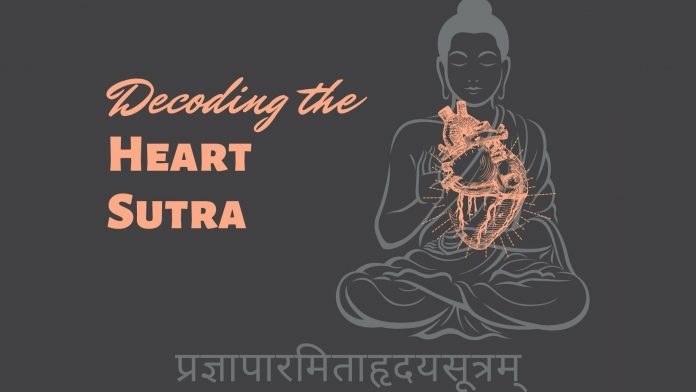The Heart Sutra or Heart of Wisdom Sutra is one of the shortest sutras and yet, the most important in Mahayana Buddhism. The title of the Sutra in Sanskrit is Prajnaparamita Hrdaya and like the Lotus Sutra, the exact origin of the Heart Sutra is also unknown. The sutra is part of a larger collection of Buddhist discourses known as Prajnaparamita or Perfection of Wisdom literature.
According to His Holiness the Dalai Lama in Essence of the Heart Sutra, the Perfection of Wisdom sutras gained popularity in many countries, including China, Japan, Korea, Vietnam, Tibet, and Mongolia and as a result, the Heart Sutra has a significant role in the Buddhist schools that arose in these countries.
Setting of the Sutra
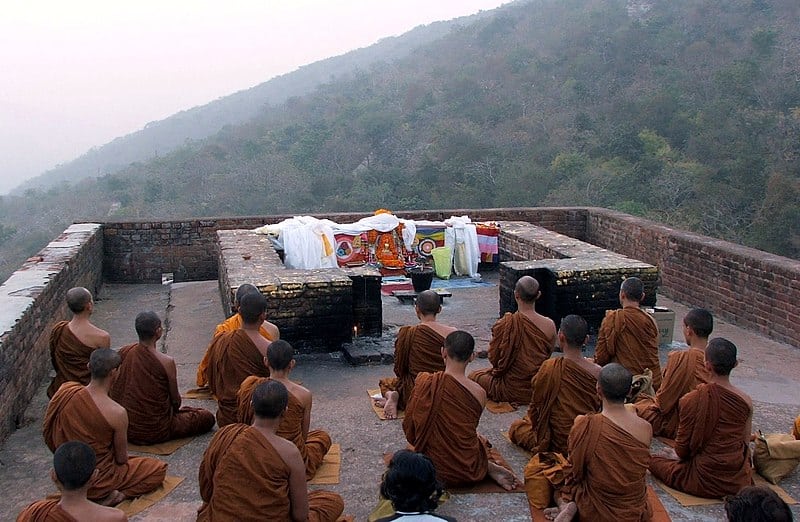
The Heart Sutra begins in the manner of all the other sutras, “Thus have I once heard” The Sutra is set at Rajgriha, near Vulture Peak and the Buddha was in the presence of a “…great community of monks and a great community of bodhisattvas…” The Dalai Lama has referred to this as the coming together of perfect conditions for a Buddhist discourse. These perfect conditions include the perfect teacher, Buddha Shakyamuni along with the perfect listeners, monks and bodhisattvas at the perfect location, Vulture Peak at Rajgriha.
The Perfection of Wisdom and the Heart Sutra
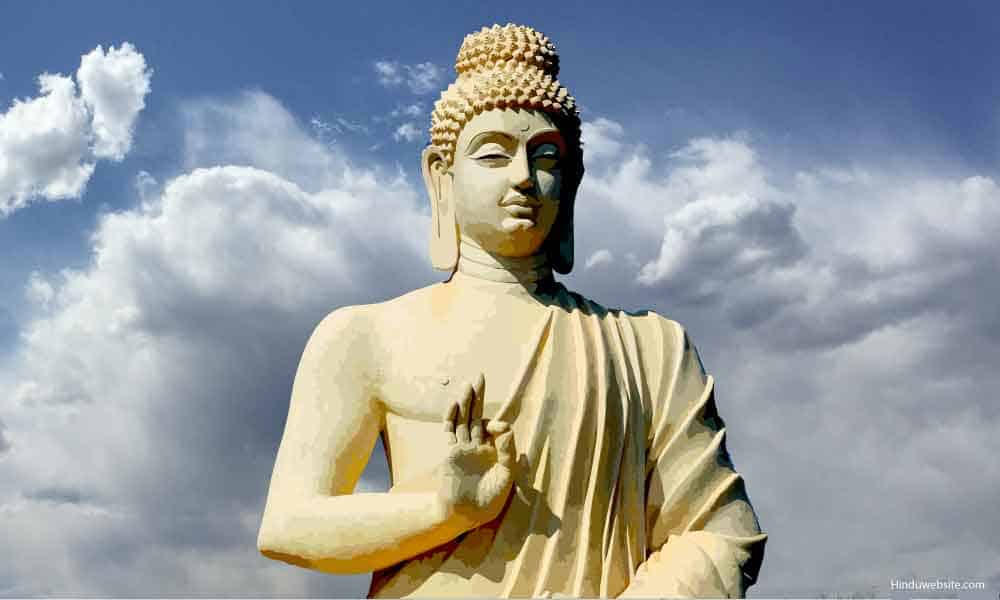
The Heart Sutra is also known as the Twenty-Five Verses on the Perfection of Wisdom. In the Heart Sutra, Shariputra, one of the main disciples of Buddha asks Avalokiteshvara Bodhisattva (known as Chenrezig in Tibetan Buddhism) for advice to “noble sons and daughters” on engaging in the practice of the profound perfection of wisdom. It is then that Avalokiteshvara gives the doctrine of emptiness or shunyata.
The Heart Sutra and The Doctrine of Emptiness
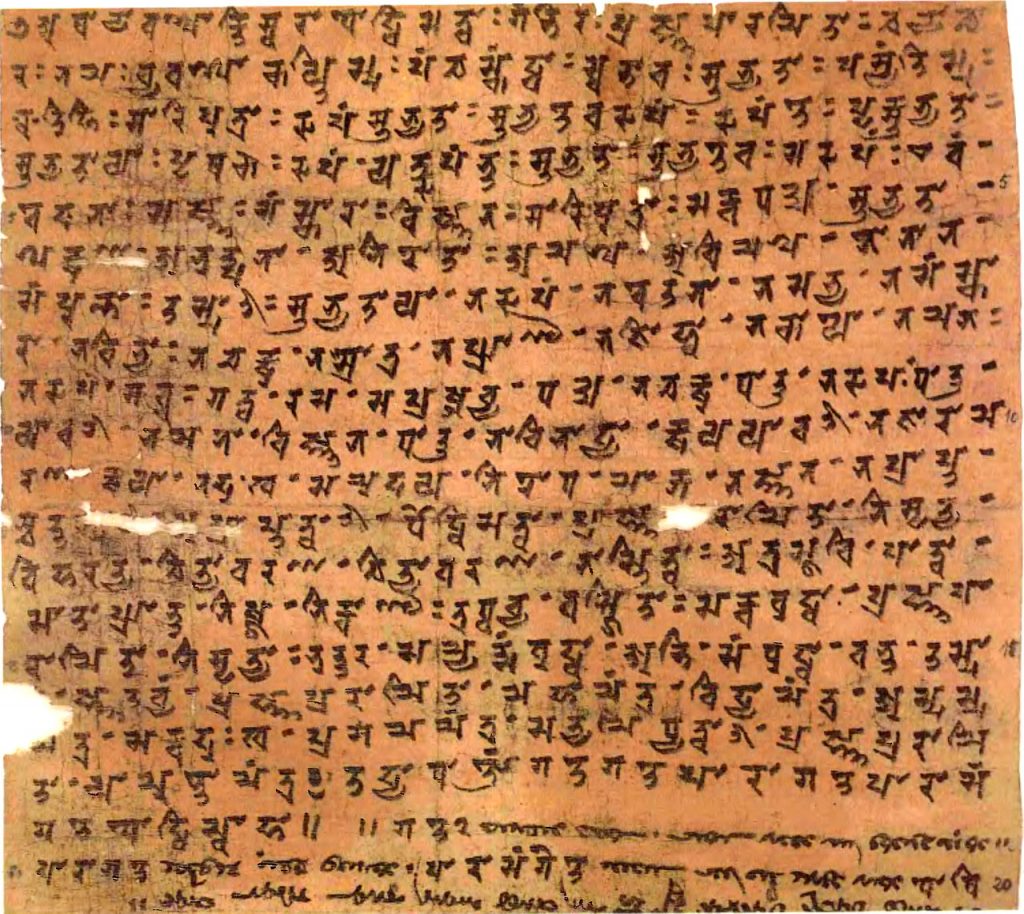
The doctrine of emptiness or shunyata is a basic Mahayana Buddhist doctrine. The Heart Sutra explains this doctrine as given by Avalokitesvara. It means that by releasing preconceived notions, ideas and bonds, one can experience the real meaning of life. Emptiness or shunyata does not mean being empty. It means being free of attachments and bindings, being open and liberated to embrace the reality of life and therefore, experiencing peace and happiness.
The Doctrine of Two Truths in the Heart Sutra
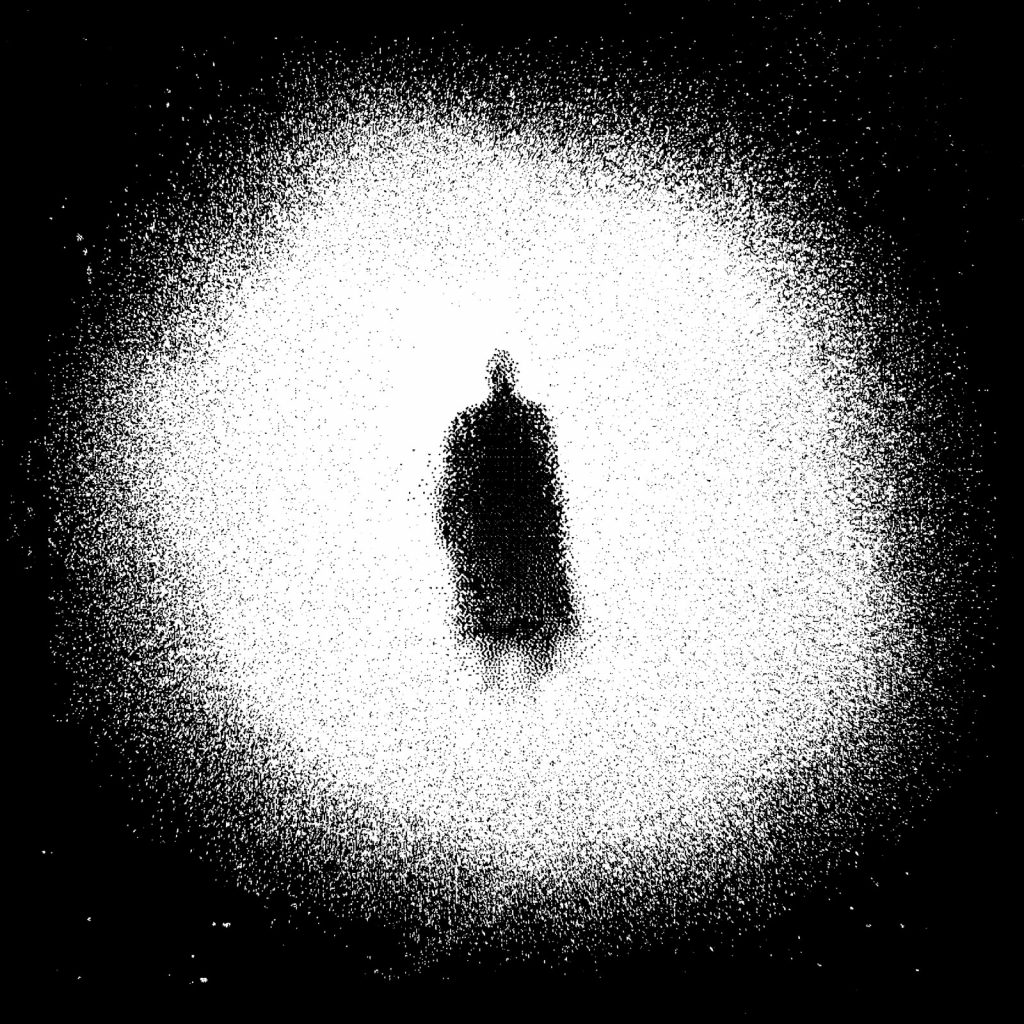
Another important tenet or doctrine of this Sutra is that of Two Truths. According to the Dalai Lama in Essence of the Heart Sutra, “The first of these two truths is the truth of everyday convention, while the second, ultimate truth is the truth arrived at through analysis into the ultimate mode of being of things.”
In other words, the conventional truth is that which we see all around us in the diversity of the world and its beings. The ultimate truth is that which is experienced after deep and intense analysis and understanding.
Understanding this Mahayana Buddhist Sutra
While the Heart Sutra may be the shortest of the Buddhist sutras, it is also one of the most profound and therefore, understanding it properly requires working with a Buddhist teacher or mentor. However, if you wish to begin understanding it, Essence of the Heart Sutra: The Dalai Lama’s Heart of Wisdom Teachings is a wonderful resource to start with.
The Heart Sutra, like the other Buddhist sutras, offers insight into the teachings of the Buddha, the basics of Buddhism and the guidelines to lead a life free of suffering while in the ‘real’ world.


